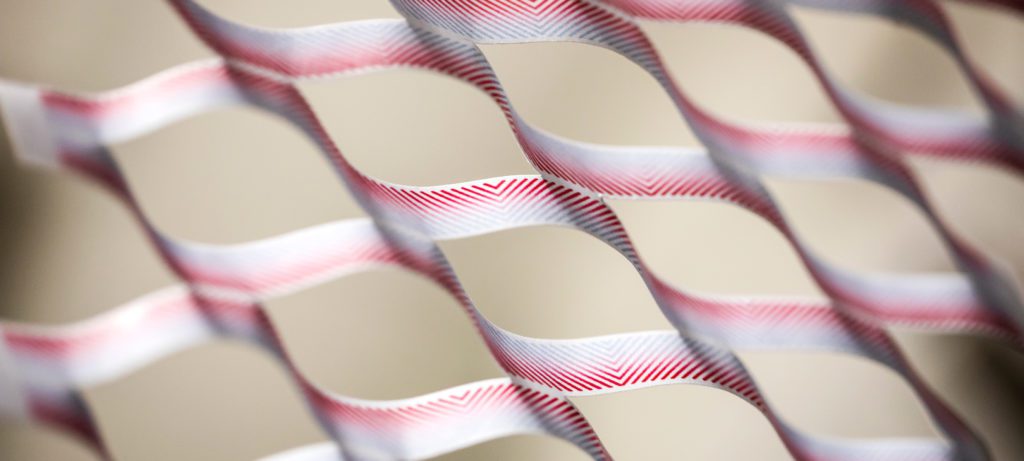Low-cost sensors could one day enable patients to log exercise and track progress in a smartphone app
The post Kirigami sensor patch for shoulders could improve injury recovery, athletic training appeared first on Michigan Engineering News.
Low-cost sensors could one day enable patients to log exercise and track progress in a smartphone app
The post Kirigami sensor patch for shoulders could improve injury recovery, athletic training appeared first on Michigan Engineering News.
Newly discovered connection could help with designing nextgen alloys.
The post Hard as ceramic, tough as steel appeared first on Engineering Research News.
A Q&A with Rachel Goldman
The post The “Magic Ratio” that could power tomorrow’s solar cells appeared first on Michigan Engineering News.
Center to unite disciplines, spur new collaborations with government and industry
The post University of Michigan launches Michigan Materials Research institute appeared first on Engineering Research News.

Some pitchers are convinced the balls are being messed with behind the scenes.
The post What’s really behind baseball’s home run surge? appeared first on Engineering Research News.
Material’s polarity, conductivity change with temperature.
The post Immortal switches, quantum computers could stem from new semiconductor appeared first on Engineering Research News.
If you tell this computer program what crystal you need to build, it will design a particle that self-assembles into that crystal.
The post ‘Digital alchemy’ to reverse-engineer new materials appeared first on Engineering Research News.

The rays used by airport scanners might have a future in medical imaging.